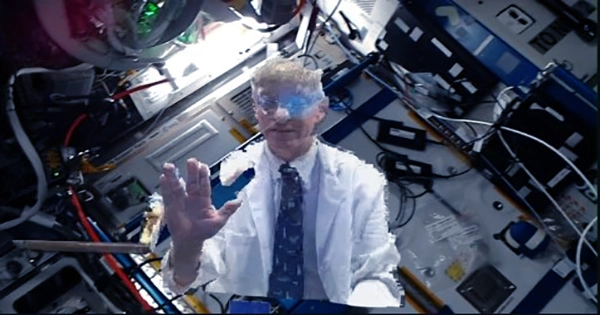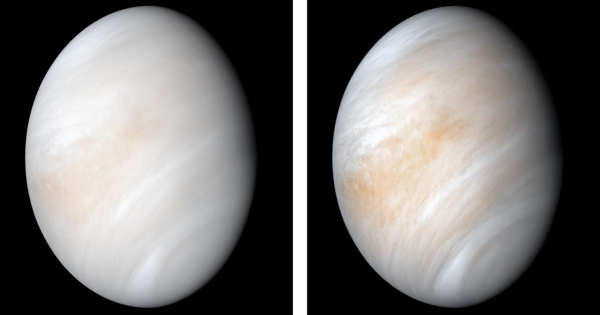There has been a constant human presence in space for almost 20 years. If that isn’t enough science fiction made true for you, consider this: on October 8, a hologram of a doctor was sent to the International Space Station (ISS). It’s not quite Star Trek Emergency Medical Hologram-level technology, but it’s still a significant step forward. Dr. Josef Schmid, a NASA flight surgeon, was “holoported” to orbit with AEXA Aerospace’s Fernando De La Pena Llaca and their crews to speak with European Space Agency astronaut Thomas Pesquet.
A Microsoft Hololens Kinect camera and bespoke software from AEXA were used in the technique. The end product was high-quality 3D models of the people beamed live inside the ISS during a conversation. They engaged with 3D models of each other as though they were physically present. The ability to holoport people to space and people from space to Earth opens the door to more realistic and interactive physical and psychological conferences between the crew onboard the ISS and the ground control team, with applications including medical emergencies, private psychiatric sessions, family meetings, and more.
In a release, Dr. Schmid remarked, “This is a whole new way of human connection across great distances.” “Furthermore, it is a whole new mode of human exploration, in which our human entity is capable of leaving the globe.” Although our physical bodies are not present, our human essence is. The astronaut can return three minutes later or three weeks later, and with the system working, we will be there in that position, live on the space station.”
Microsoft has been working on holoportation for the past six years, but this is the first time it has been deployed in space, making Dr. Schmid and his team the first to be holoported off the planet. The next phase in this technology’s development is to integrate it with augmented reality to make telementoring a reality. For example, technical skills can be sent live to astronauts to assist them with experiments.
“Imagine being able to bring the best instructor or the creator of a particularly complex technology right beside you, wherever you are working on it.” In addition, augmented reality and haptics will be combined. You can collaborate on the gadget in the same way as two the top surgeons collaborate during an operation.
“Knowing that the top team is working together on a vital piece of hardware will put everyone at ease,” Schmid added. Holoportation might be immensely useful in the future of long-haul travel for space missions further out, such as to Mars, but it is not the only location where this technology could be useful. This developing technology might have a wide range of uses, from Antarctica to inaccessible islands and mountains. The holographic era is arrived.
















